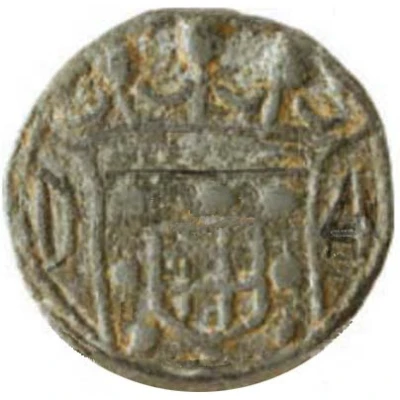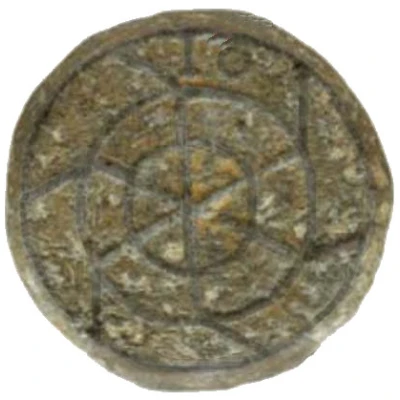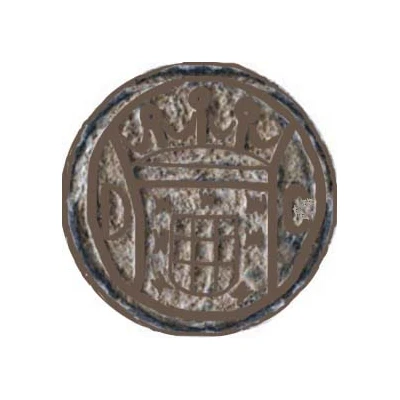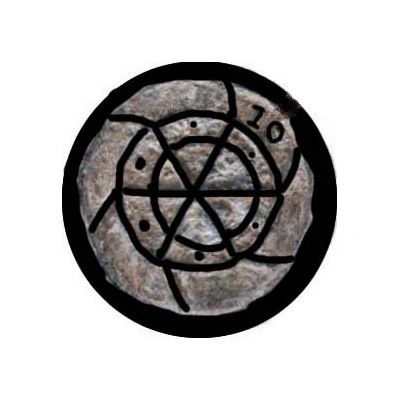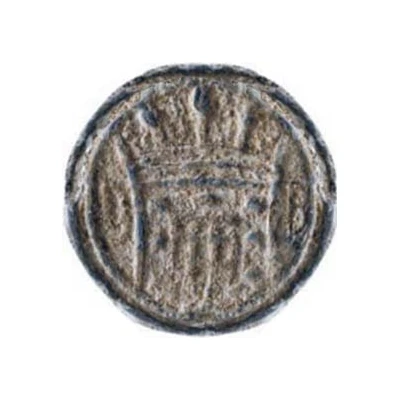
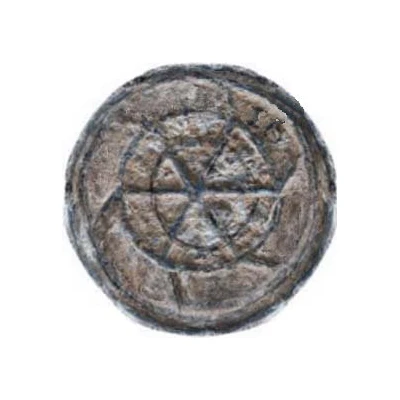

© monge (CC0)
Wheel of 10 Bazarucos - João V Damão mint to Baçaim ND
| Nickel brass | 21.6 g | 35 mm |
| Issuer | Portuguese India |
|---|---|
| Issuing entity | Casa da Moeda de Damão |
| King | João V (1706-1750) |
| Type | Standard circulation coin |
| Years | 1706-1750 |
| Value | 10 Bazarucos (1⁄75) |
| Currency | Rupia (1706-1880) |
| Composition | Nickel brass |
| Weight | 21.6 g |
| Diameter | 35 mm |
| Shape | Round |
| Technique | Cast |
| Demonetized | Yes |
| Updated | 2024-10-05 |
| Numista | N#50342 |
|---|---|
| Rarity index | 100% |
Reverse
Saint Catherine whell with value at outside ring
Lettering: IO
Comment
The above picture is a PhotoShop work and migth be not 100% correctInteresting fact
One interesting fact about the Standard circulation coin Wheel of 10 Bazarucos - João V (Damão mint to Baçaim) ND (1706-1750) from Portuguese India made of Nickel brass weighing 21.6 g is that it was used as a form of currency in the Portuguese colonies in India during the 18th century. The coin was minted in the city of Damão, which was a Portuguese colony in India at the time, and it features an image of King João V on one side and a wheel with 10 bazarucos (a traditional Portuguese currency) on the other. The use of nickel brass in the coin's composition was a common practice during this time period, as it was a durable and affordable material that could withstand the wear and tear of daily use. Despite its age, this coin remains a valuable piece of history and a testament to the rich cultural heritage of Portuguese India.
